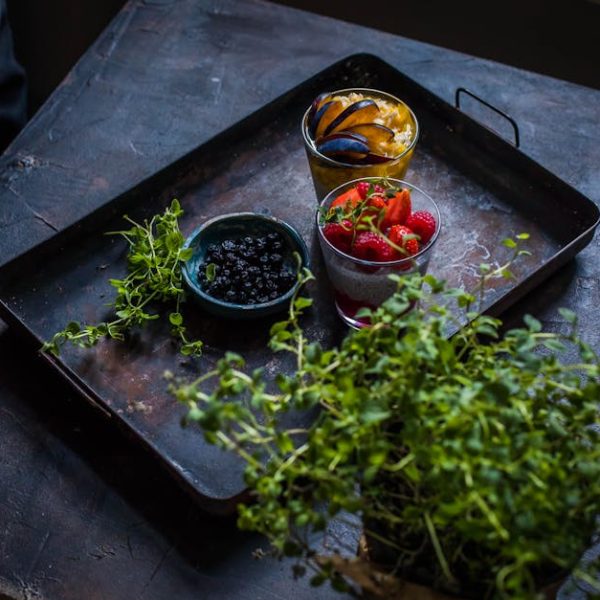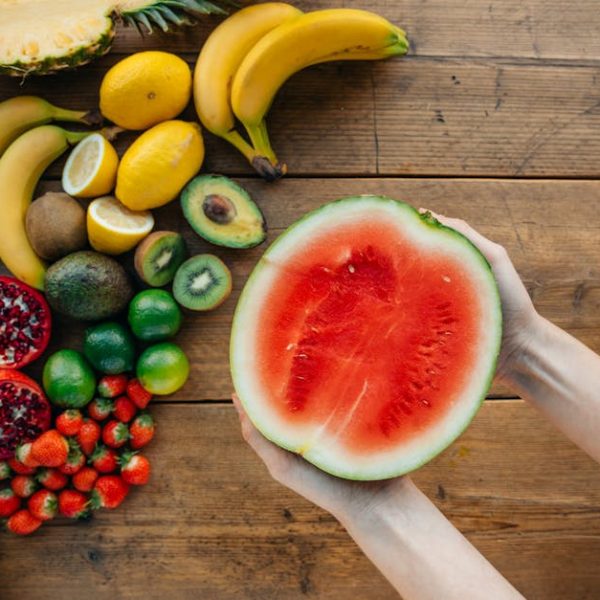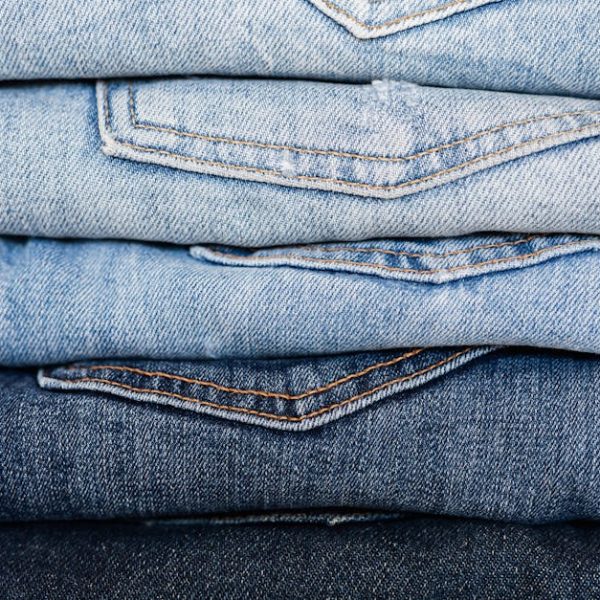Storing peaches perfectly can be a tricky task due to their delicate nature, but with the right approach, you can extend their shelf-life and enjoy their sweet, juicy goodness for a longer period. This article presents over eleven simple yet ingenious techniques to help you store peaches in your kitchen, ensuring they remain fresh and flavorful.
Understanding the Nature of Peaches for Storage
A successful peach storage starts by understanding the fruit’s attributes and its ripeness level. Depending on these factors, peaches can be stored in various ways, ensuring minimal loss in flavor and texture.
Peaches are climacteric fruits, which means they continue to ripen after being picked. As such, mistreating or incorrectly storing peaches can lead to accelerated ripening and subsequent spoilage. Here are essential factors to consider:
- Characteristics of ripe peaches: Ripe peaches have a fragrant aroma and a slightly soft feel when gently squeezed. The skin should be smooth, without any signs of wrinkling, and predominantly covered with a rosy, golden hue.
- Indicators of overripe peaches: If the skin starts wrinkling, or the peach feels overly mushy, it’s a sign of overripeness. Discoloration, particularly browning or dark spots, can indicate the onset of decay.
- The Skin, Color, and Aroma of a healthy peach: A healthy peach typically has a vibrant mix of red, orange, and yellow hues on its skin. The aroma should be pleasantly sweet and strong, a compelling sign of a perfectly ripe peach.
The Basics of Peach Storage
Moving on to the essentials of peach storage, there are few strategic approaches. First, ensure your storage area is clean and dry to prevent contamination. Second, the proper temperature plays a role in regulating the ripening process. Generally, ripe peaches should be stored in the fridge, while underripe ones can be kept at room temperature until they reach desired ripeness.
Here’s a step-by-step guide:
- Clean storage area: Thoroughly clean the storage area before placing your peaches. This minimizes the risk of introducing harmful bacteria that may accelerate decay.
- Proper temperature: Peaches ripen quickly at room temperature and considerably slower when refrigerated. Therefore, adapt your storage method based on how soon you plan to consume the fruit.
- Recommended containers for storage: Choose containers that allow air circulation yet alternatively that can be sealed when required, such as breathable fruit bags or reusable containers with ventilation holes.
In the next section, we’ll delve into more advanced techniques for elongating the lifespan of your peaches even further.
Advanced Peach Storage Techniques
While the basics may work fine for short-term storage, if you’re looking to store peaches for a longer duration, advanced storage techniques are the way to go. These methods not only ensure longer shelf-life but also keep the fruit’s flavor and nutritional value intact.
Here’s a comparison of the top advanced techniques:
“`html
| Method | Pros | Cons |
|---|---|---|
| Freezing | Preserves for a long time; retains flavor | Texture can be altered when thawed |
| Canning | Long shelf life, maintains peach’s sweet taste | Requires extra effort and equipment |
| Making Preserves | Great way to enjoy peach flavor year-round | Requires time and cooking skills |
“`
Pro Tips:
Freezing peaches: For optimum results, flash freeze individual peach slices on a baking sheet before transferring them to a freezer-safe container. This will prevent the pieces from sticking together.
Canning peaches: Use a pressure canner for the best results, ensuring the jars are sterilized and the lids are properly sealed.
Making preserves: Opt for underripe or just-ripe peaches, which will hold up better to cooking and retain more texture in the preserves.
Common Mistakes in Storing Peaches and How to Avoid Them
Knowing the common mistakes in storing peaches can save you from unnecessary waste and disappointment. Some of these mistakes can significantly impact the quality, taste, and texture of the fruit.
Here are some best practices to follow:
- Correct fruit positioning: A peach should ideally be placed with its shoulder or top touching the surface, not on its sides or stem, to prevent bruising.
- Avoiding overcrowding: To prevent premature spoiling, ensure each piece has enough space for air circulation. This rule also applies when you’re ripening peaches in a paper bag.
- Monitoring humidity levels: While fridges typically have a suitable humidity level for peaches, if you live in a particularly dry or damp climate, consider investing in a hygrometer to monitor your refrigerator’s humidity levels.
Unconventional Peach Storage Methods You Might Want to Try
The world of kitchen hacks is brimming with creative and unconventional methods! These unexpected methods can do wonders in preserving peaches and introducing you to completely new flavor profiles.
Here’s a comparison of traditional versus these unconventional methods:
“`html
| Method | Traditional | Unconventional |
|---|---|---|
| Preservation | Use of sugar & vinegar | Storing in honey |
| Ripening method | Paper bag | Storing with ethylene-absorbing fruits |
| Long-term storage | Freezing & Canning | Freeze-drying the peaches |
“`
So go ahead, don’t fear the delicate peaches anymore. Use these hacks, and preserve their perfect sweetness for days to come. Happy storing! Key Takeaways:
- Peaches are delicate fruits that require careful handling and storage techniques.
- Understanding the ripeness and characteristics of peaches is crucial for successful storage.
- Basic storage includes maintaining a clean area, regulation of temperature, and choosing the right storage containers.
- Advanced storage techniques vary from freezing, canning to making preserves.
- Some common mistakes in peach storage can be averted by correctly positioning the fruit, avoiding overcrowding, and monitoring humidity levels.
- Unconventional methods such as storing in honey, combining with ethylene-absorbing fruits, or freeze-drying add variety and innovation to peach preservation.
Maintaining the freshness of peaches might seem challenging, but with the tips and tricks outlined in this article, it’s more than achievable. You’re now equipped to unleash your genius in preserving the sweetness and flavour of peaches. Remember, perfection comes with practice – keep experimenting with different storage methods to find what works best for your peaches.
FAQs
Q: Will freezing peaches affect their taste?
A: Freezing peaches can slightly alter their texture once they’re thawed, but their distinctive sweet taste is typically well-preserved.
Q: How can I avoid bruising while storing peaches?
A: Avoid bruising by storing peaches on their shoulders instead of their sides or stems. Also, avoid overcrowding to ensure each peach has sufficient space.
Q: Can I use underripe peaches for preserves?
A: Yes, underripe or just-ripe peaches are ideal for making preserves as they retain more texture during cooking.
Q: Does honey really work as a preservative for peaches?
A: Yes, honey, with its natural antimicrobial properties, can be an effective organic preservative for peaches. Plus, it adds an extra layer of sweetness!
Q: How does ethylene-absorbing fruit help in peach storage?
A: Fruits like peaches release ethylene gas as they ripen. Storing peaches with fruits that absorb ethylene, like apples, can slow down the ripening process, extending the life of your peaches.
Feel free to share this article with your kitchen-savvy friends or anyone who loves peaches! Explore more amazing posts on our website to unlock your cooking potential.






